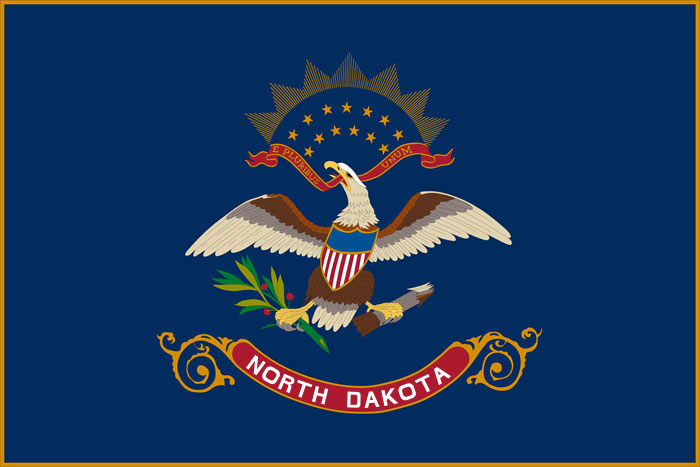Known by many as “the FAFSA,” the Free Application for Federal Student Aid is a form completed annually by students planning to attend college for both undergraduate and graduate courses. Colleges use the FAFSA information to determine the student’s eligibility for student financial aid. Student financial aid could include grants, scholarships, work-study programs and student loans. Completing the FAFSA is the first step in the financial aid process. Because it’s free to complete, never pay to submit this form.
Helping parents figure out the FAFSA
If you have a child entering college in the fall of 2019, he or she can submit the FAFSA as early as October 1, 2019. A complete set of short videos describes most aspects of the FAFSA that raise the most questions are available on this website. The topics include dependent vs. independent status, reporting divorced and separated families, determining assets and family size.
You need these documents to complete the FAFSA:
- Student’s Social Security number and date of birth
- 2018 federal tax return of the parent and if applicable, the student
- 2018 untaxed income records which include Veteran’s non-education benefit records, child support received and worker’s compensation
- Assets which include the balance of cash, savings and investments
- Alien registration or permanent resident card if not a U.S. citizen
What if you have not filed your 2018 federal tax return?
If the 2018 tax return has been filed, use those numbers. However, you can complete the FAFSA with estimated tax information and submit it before you’ve filed your return. If your tax information is similar to the 2017 tax income, you could use this information. If it is not similar, there is an Income Estimator worksheet available when completing the FAFSA that can help you estimate your income.
As soon as you file your 2018 taxes, you’ll need to update the FAFSA with accurate information because financial awards cannot be determined until the 2017 numbers are received. Even if a parent does not claim the student as a dependent, the parent’s tax information is required if the student is considered a dependent for financial aid purposes.
Listing assets on the FAFSA
On the FAFSA, you will need to report the current value of certain assets such as cash, savings, checking, CDs, stocks and bonds. You do not need to include the home you live in, life insurance, retirement plans, value of the family farm you live on and operate or the value of a small business with 100 or fewer employees.
Entering tax information on the FAFSA
After you file your federal tax return, you need to enter in your tax information on the FAFSA form you are completing at studentaid.gov.
- After starting your FAFSA, click the finances section of the FAFSA.
- Enter in your tax information.
- Review your federal tax return information.
When should you complete the FAFSA?
If the student will attend school between July 1, 2020 and June 30, 2021, you can submit a FAFSA as early as October 1, 2019. File as soon as possible because some financial aid is awarded on a first-come, first-serve basis.
Should you complete the FAFSA?
Many people mistakenly believe they won’t qualify for financial aid because they make too much money or have too many assets. Almost every student qualifies for an unsubsidized Federal Direct Student Loan so it is important to complete the FAFSA.
Even if a student loan isn’t necessary, it is a smart move to complete the FAFSA to determine if the student qualifies for grants and other scholarships.
How will you learn about your child’s financial aid package?
After completing the FAFSA, all of the colleges the student listed on the FAFSA will respond to the student with a financial award letter that breaks down the cost of attending that school. The letter will highlight any federal grants, scholarships or loans the student is eligible to receive along with state aid. The amounts on these letters will be different because tuition, books, fees and housing expenses vary between schools. Up to 10 schools can be listed on the FAFSA application.
Student loans
If student loans are needed, Bank of North Dakota (BND) encourages the student to take out a Federal Direct Student Loan as the first option. Then, if there is still a gap consider North Dakota’s state-sponsored DEAL Student Loan offered by BND. The DEAL Student Loan is available at low interest rates with no fee to all qualified North Dakota borrowers whether attending a North Dakota or out-of-state school. Qualified out-of-state residents attending college in North Dakota receive the same benefits as North Dakota residents.
More questions about financial aid and college?
Bank of North Dakota’s College Handbook answers many questions people have about preparing and paying for college. If you still need answers, you are welcome to contact us. We can answer your questions by phone or email.
 An official website of the State of North Dakota
An official website of the State of North Dakota
